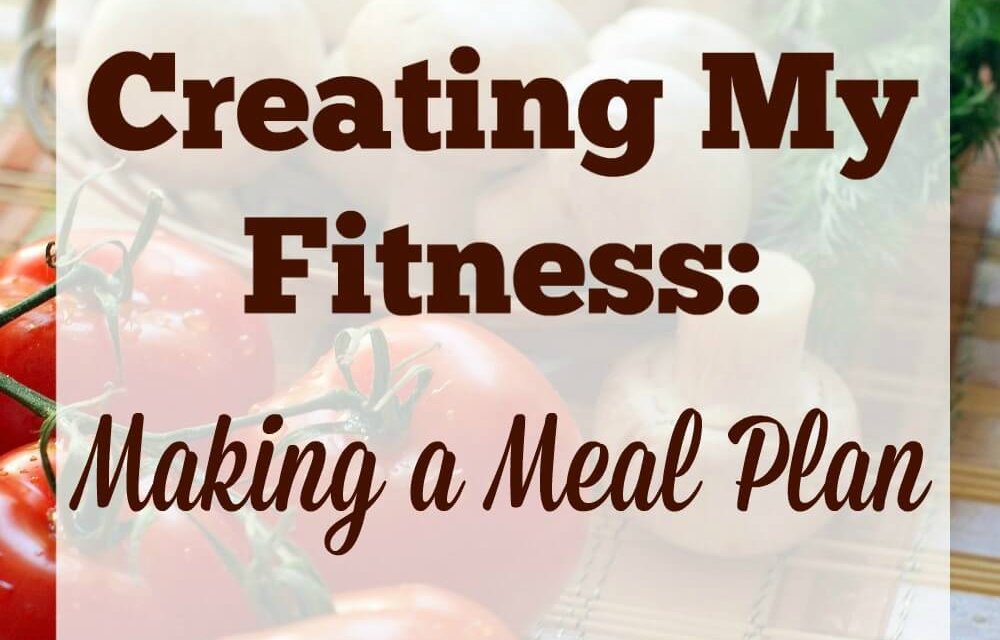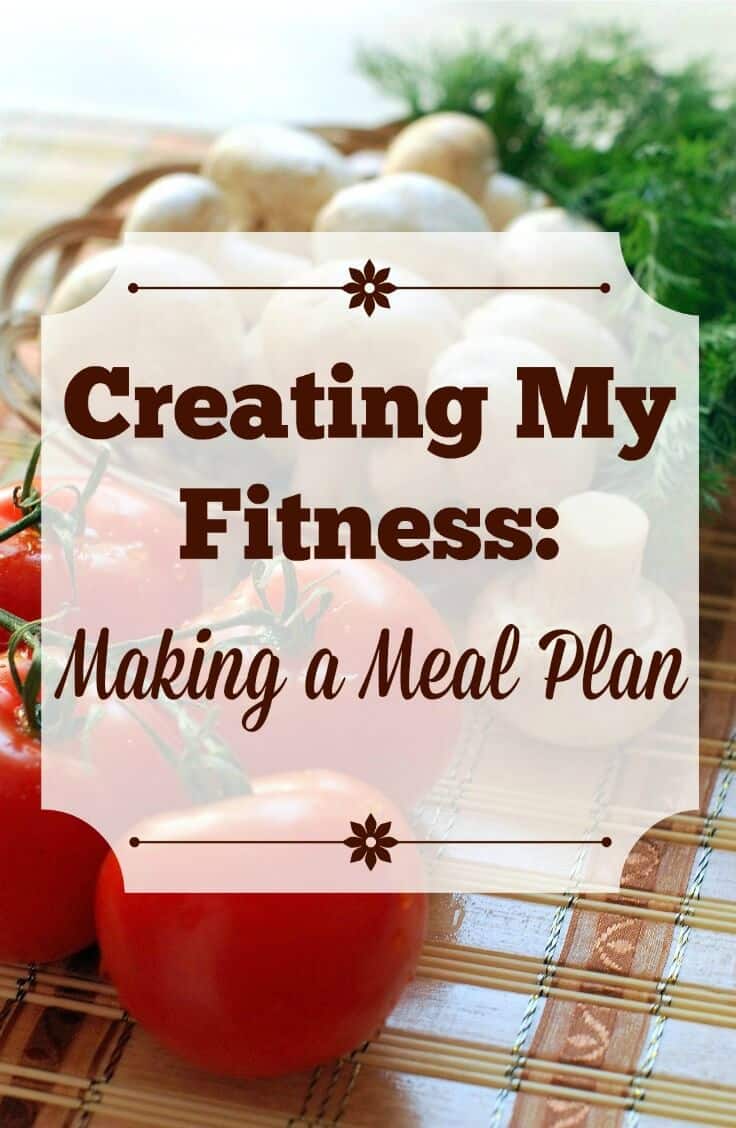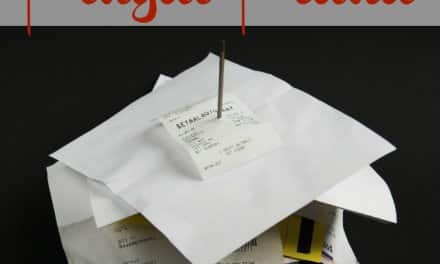Once you’ve established good habits and gotten your head on straight, you can start being more proactive about your eating. The easiest and best way to do that is by making a meal plan.
Okay, easiest might not be the best word for it. Meal planning can be tricky to get the hang of, and follow through with. Most of us are just trying to get by day by day, and planning for a week or month ahead is no simple thing.
That said, meal plans are worth the effort because, by planning ahead, we make it easy to stick to our goals.
You know those days when you come home and just stare at the fridge hoping something will appear out of the mess? It’s much more likely that you’re going to cook up a batch of macaroni and cheese than bake chicken with roasted vegetables. And that’s if you don’t call for Chinese…
Keep It Simple
Here’s the thing; meal planning doesn’t have to be difficult. You don’t have to write down every meal – protein and 2 sides – in order to be successful.
If you pack your lunch, sticking to something similar each day will make planning easy. It doesn’t have to be the same thing, just similar. Some sort of pita pocket with meat, 2 fruits or veggies, and a few crackers is an easy thing to mix and match.
For dinner, simply have what you need on hand and decide as you go. For example, if you buy enough chicken, ground beef, and pork chops to make 6 meals, you’re set for the week. You don’t have to know on Sunday that you’re going to have the pork chops on Wednesday, just have them ready to go to make when the mood strikes. The same is true for veggies.
Balance
One of the things my nutritionist is working on with me is creating a balance in each of my meals. Most of us, myself included, eat a diet very heavy in carbohydrates. And while there’s nothing inherently evil about carbs, they’re only part of a balanced diet.
My new diet – diet meaning what I eat, not “a diet” – includes carbohydrates and protein at each meal and snack. Sometimes it’s harder than it sounds. Breakfast, for example, is a carb-heavy meal for many. Cereal, waffles, pancakes… carbs, carbs, carbs.
In order to achieve balance – and have more energy and stay full longer – there needs to be protein in the mix.
All About the Numbers
So, what’s a protein and what’s a carb? In my world, a serving of protein contains 7 grams of protein. A serving of carbs contains 15 grams of carbs.
Examples of 1 serving of protein:
Lean meat – 1 oz
Egg – 1
Cheese – 1 oz
Examples of 1 serving of carbs:
Bread – 1 slice
Small apple
Non-starchy vegetables – 3 cups raw, 1.5 cups cooked
Starchy vegetables – 1 cup raw, 1/2 cup cooked
Here are my meal goals:
Breakfast – 3 proteins (21g), 2 carbs (30g)
Lunch – 4 proteins (28g), 2 carbs (30g)
Dinner – 4 proteins (28g), 2 carbs (30g)
Snacks (3) – 1-2 proteins (7-14g), 1 carb (15g)
What a day looks like:
Breakfast – 1 blueberry waffle (1 carb), 1 blueberry Greek yogurt (2 proteins, 1 carb), 12 almonds (1 protein)
Snack – 1 tbsp peanut butter (1 protein), 1 small apple (1 carb)
Lunch – 3 eggs/egg substitute (3 protein), 1 oz cheese (1 protein), 1 cup mushrooms (1/3) carb, 1 cup cherry tomatoes (1/3 carb), 1 cup carrots (1/3 carb), 24 Cheez-its (1 carb)
Snack – Ensure Protein Drink (2 proteins, 1 carb)
Dinner – 4 oz chicken (4 proteins), 1.5 cups cooked broccoli (1 carb), 1.3 cup rice (1 carb)
Snack – 1/2 cup edamame (1 protein, 1/2 carb)
That’s a lot of food! There are days when I don’t have that last snack of the day because I just don’t have room for it. The other good news is that it’s totally real food. It’s not pre-packaged, sodium-laden, processed food.
[mailmunch-form id=”297865″]







